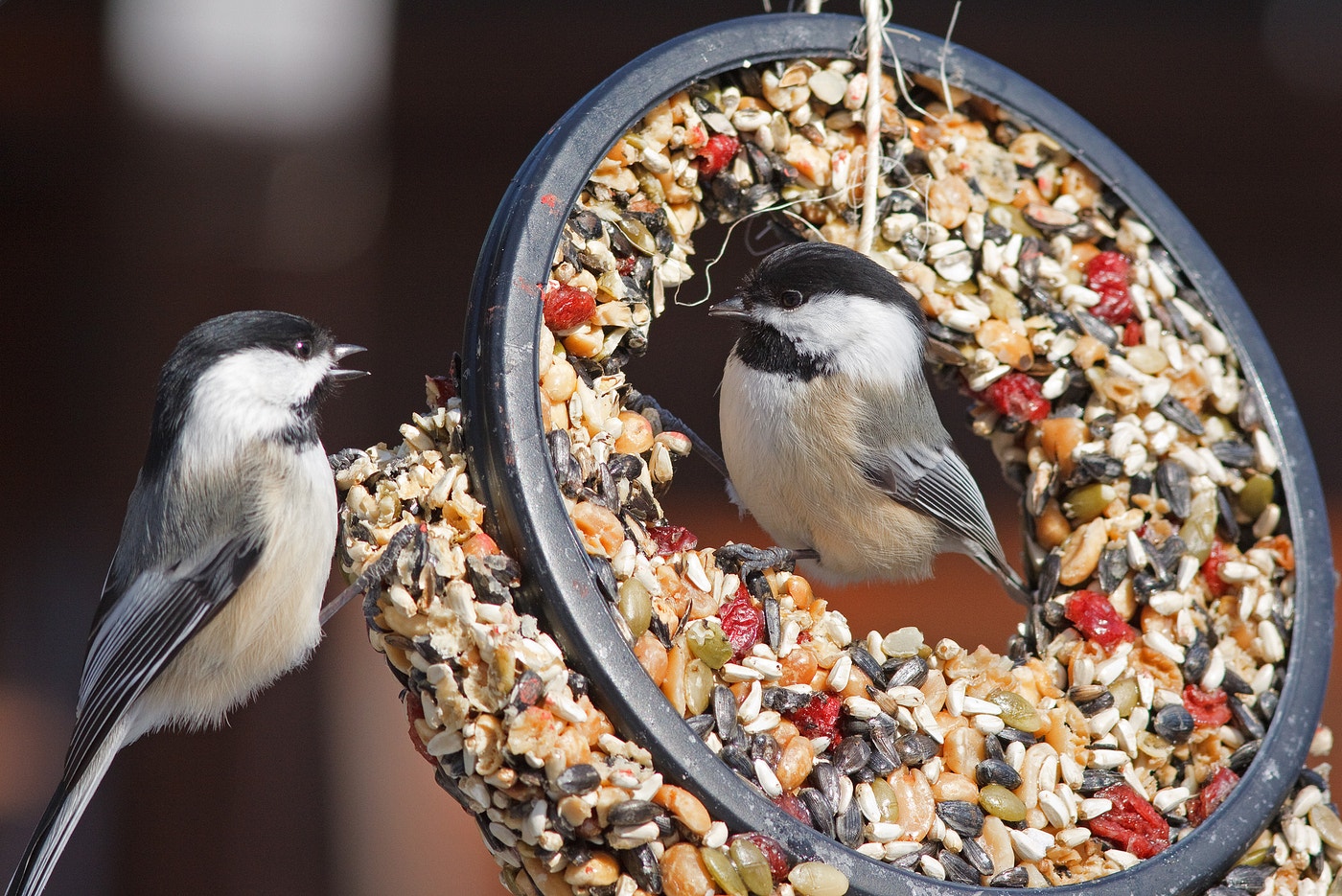
A lot of people like to feed birds. More than make it a regular habit. But a nibble of backyard suet or peck at the communal feeder may hold hidden risks for birds, reports a recent in Ecology Letters.
, a Ph.D. candidate at the University of Georgia’s Odum School of Ecology, and wanted to better understand how the various ways we humans feed wild animals—whether intentional (feeders or tourist hangouts) or not (landfills or loose garbage cans)—affects their risk of infectious disease. So Becker and his team analyzed what was out there—20 published research papers on host-pathogen interactions in human-fed wild populations—finding intentional feeding changed wild animal behavior and diet enough to give parasites and viruses the upper hand. Out of these 20 studies, only a handful considered feathered species, but none were happy cases.
“Feeders can bring unexpected species together and bring birds together more frequently than normal, creating ideal conditions for parasites and other contaminates,” Becker says. That birds often crowd into tight spaces to get at the tasty morsels also makes it easier for pathogens to leap between birds.
Feeders, they found, have contributed to outbreaks of (Mycoplasmal conjunctivitis) and virulent strains of the respiratory disease Trichomoniasis (check out explaining the malady). Dependable human-supplied meals can also alter wild animals’ behavior, they found. In one study, Spanish White storks skipped their in favor of sticking around their breeding grounds. This means sick birds that would normally be subject to “migratory culling,” as Becker delicately puts it—meaning they wouldn’t survive the flight—are allowed the chance of continued life, becoming a constant source of exposure to their peers at the benefit of the pathogen infecting them.
How to Feed the Birds Without Feeding Disease
So should we stop feeding birds? “Absolutely not,” says Becker, “there are plenty of simple things we can do to avoid many of these potential outcomes.”
Feeding birds is particularly important in the wake of winters like the one just past. Migrating species on the East Coast are returning to snow-covered soil prompting wildlife groups to ask for the public’s help in feeding.
Stephen Kress, director of ±¬ÁĎą«Éç’s , says safe bird feeding includes completely scrubbing out feeders with a 10 percent non-chlorinated bleach solution at least a few times a year, and certainly between seasons. It also meansthe favorite foods of the species you want to attract, the feeder styles they like best, and where to hang feeders.
“Bird seed mixtures targeted to a wide range of species are the cheapest, but most wasteful, packed with fillers like milo that most birds pick through, resulting in a mess under the feeder,” says Kress. The mess can quickly become a sludgy mixture that can make birds sick, so it should be cleaned up in the winter or raked out when conditions are drier, says Kress. To avoid exposing ground-feeding birds to the goo, he adds, put up a platform that drains well.
“To avoid this you can buy specific seeds for specific feeders—for example cracked corn and millet to put in one and then just sunflowers in another,” he says. “This decreases interactions between the species that eat the different seeds, and waste, dramatically.”
So go ahead and feed the birds—but if you do, realize you’re taking on the task of cleaning up after them, too.
Find more tips from Kress here.

